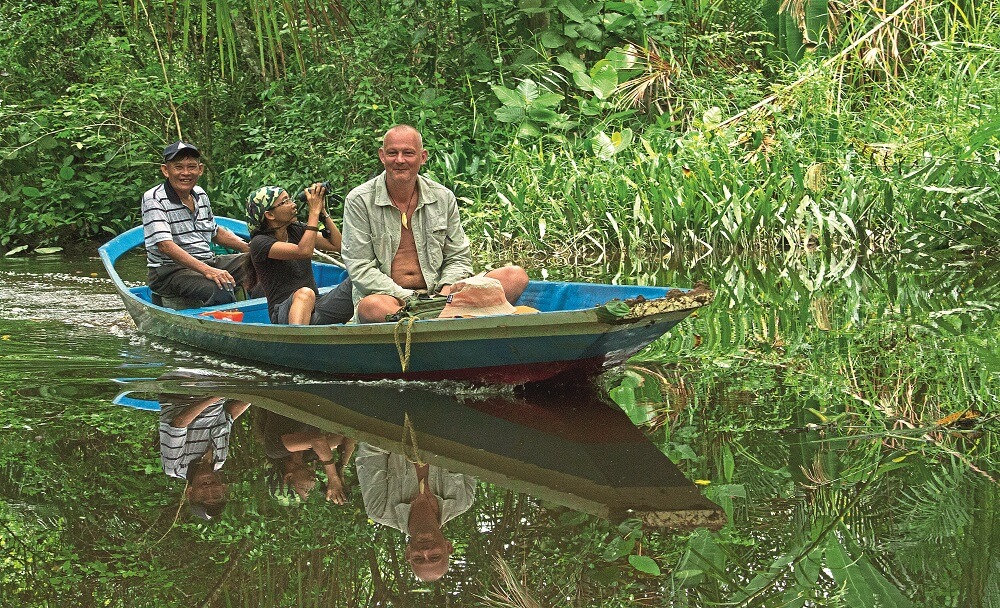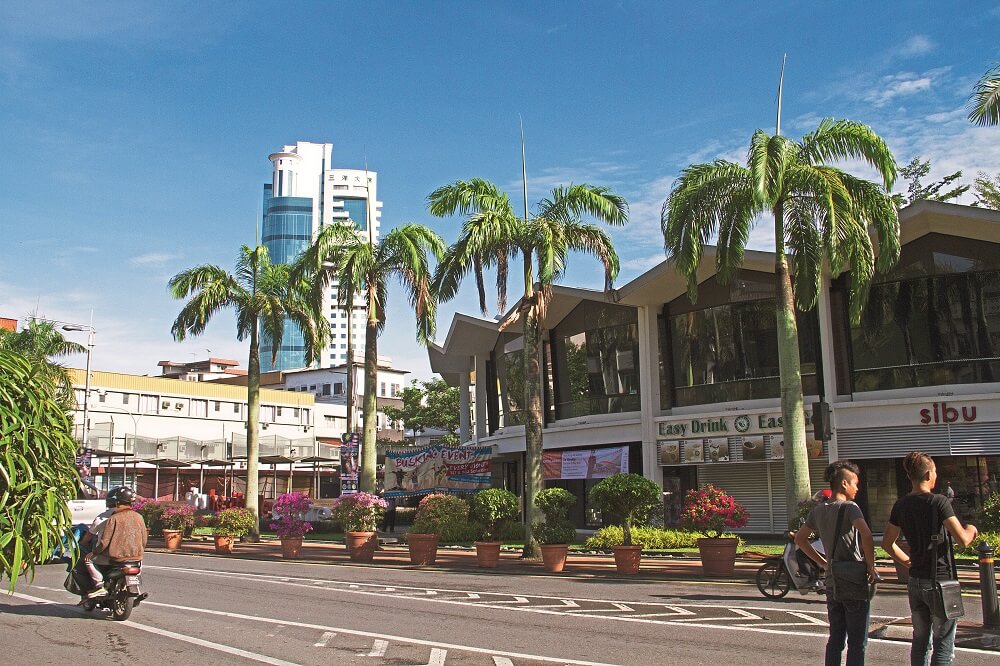Get a taste of authentic Sarawakian life as photojournalist David Bowden visits the small riverside city of Sibu. With a whirlwind tour of markets and cultural sights capped off by a stay in a traditional longhouse, it’s an altogether different experience than anything on the peninsula.
For an airport serving a city of just 160,000 residents, Sibu Airport in Sarawak is a grand affair. Big things are obviously planned for this riverside city and maybe ‘Visit Sibu Year 2017’ will be just the thing to kick start tourism arrivals. The fact that many of the city’s residents greeted me as I strolled around the expansive Central Market here suggested to me that they currently don’t see too many tourists.
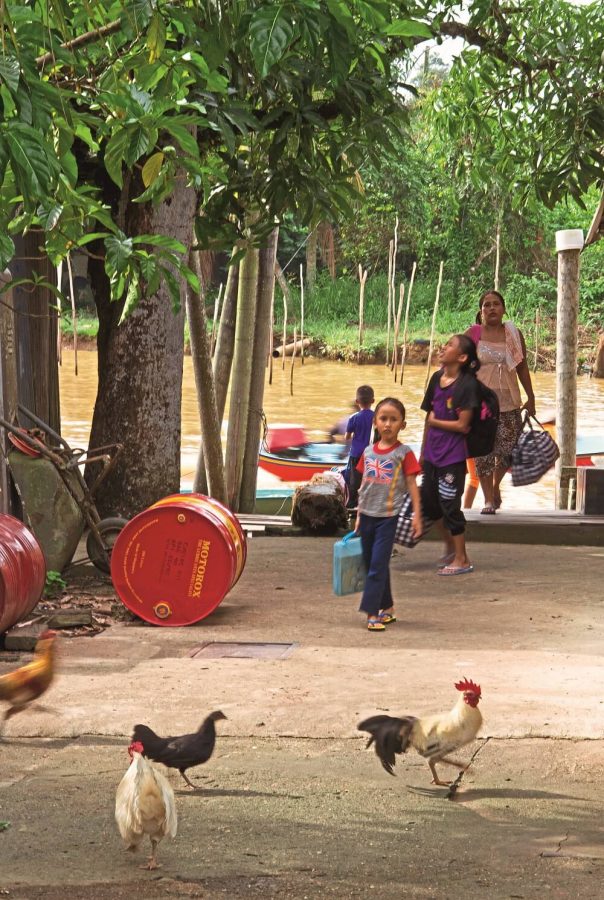
Sibu (not to be confused with the similarly pronounced Cebu in neighbouring Philippines) is an inland city in central Sarawak, located on the mighty Rajang River which snakes its way for some 560km from its mouth on the South China Sea inland to Kapit.
It is located 60km from the river mouth, with vessels of various sizes using the river as a main source of transportation and communications in the region.
While Sibu and the Rajang have been in my travel sights for some time, that time never arose until an opportunity to explore Sibu and the coastal town of Mukah recently presented itself.
With direct flights available from Kuala Lumpur to Sibu, I appreciated just how quickly travellers can escape into some rather remote parts of Malaysia and enjoy the simple life presented by village living.
Spotlight on Sibu
I quickly realised how limited my understanding of Sibu was as we touched down at the rather grand airport and then spent 30 minutes driving to the city. I thought that surely the airport for such a small place would be much closer to urban life.
My Malaysian friends, at the mere mention of Sibu, would always exclaim how many millionaires lived there, and this soon became apparent as we passed numerous sizeable mansions on the drive from the airport. Sibu is a predominantly Chinese city, with the Melanau people also making a significant contribution.
My guide and host, Ling How Kang from Greatown Travel, filled me in on the background of the early Chinese settlement and other pertinent details.
Many of the local Chinese are Christians (predominantly Methodist and Roman Catholic) whose forefathers fled China after they were persecuted during the Boxer Rebellion. The initial Foochow, Hokkien, Hakka, and Teochew settlers arrived in Sibu in 1901 and became farmers prior to the time when rubber was introduced. They established schools, churches, and a hospital and most decided to stay put to make a life here.
While wealth was no doubt accumulated, it really wasn’t until the 1970s that the dollars really started to roll in, as widespread logging of Sarawak’s forests moved into high gear. While money from logging still continues to feed the bank accounts of some Sibu families, it is now the outflow of finances into other projects that has led to Sibu being known as the financial capital of Sarawak.
Sibu sights
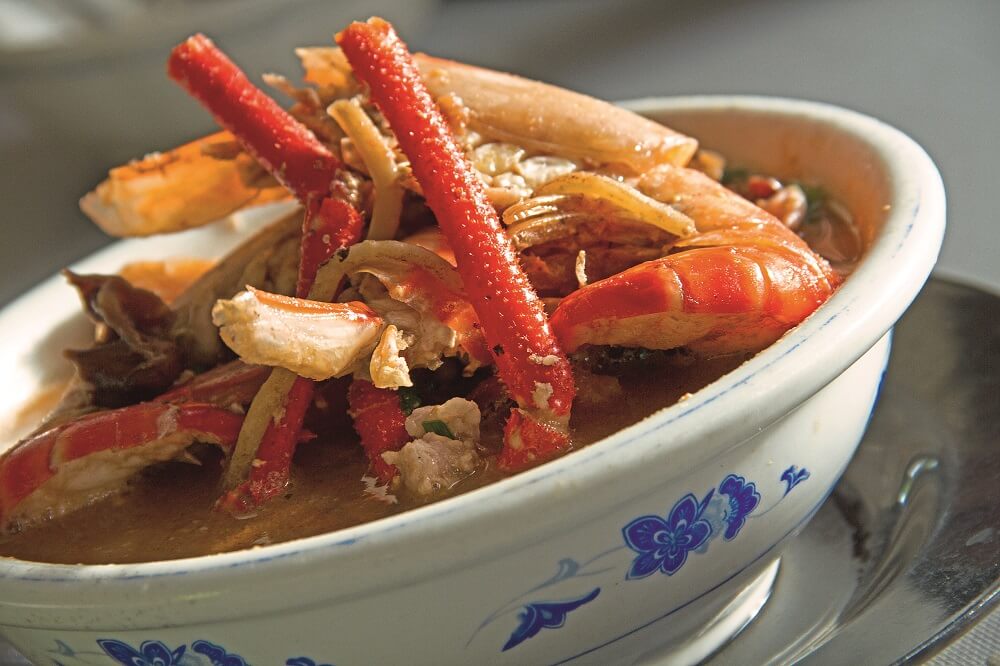
I was taken straight to Sibu Central Market, noted as Malaysia’s largest market which was the first of several surprises I was to appreciate in a city of its size. As far as markets go, this one is well worth looking around as it sprawls over two levels with wet and dry sections. It is noteworthy for the variety of produce, with local delicacies such as live sago worms, forest ferns (cooked up and commonly served as a vegetable dish), melons that look like cannonballs, and a poultry section where the chickens and ducks come pre-wrapped in newspaper with a convenient
string handle to add a new dimension to ‘ready-to-go’ produce. There’s a section upstairs where local native dishes are served in Chinese and Malay stalls that all seemingly exist side by side.
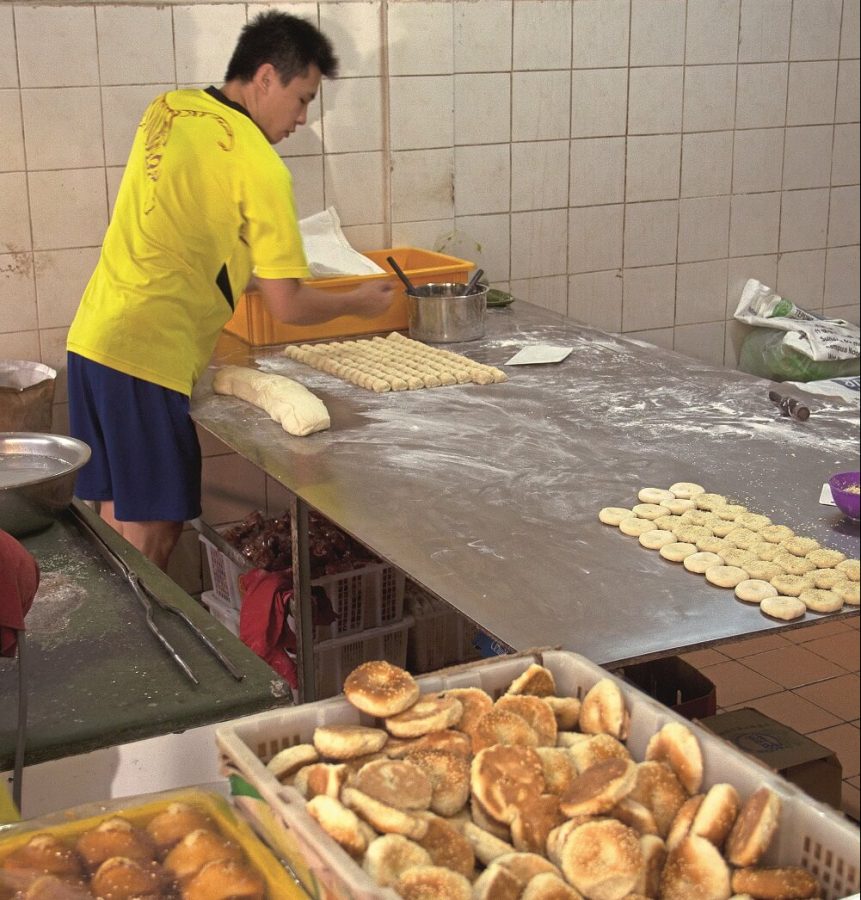
In the evening, the nearby night market covers a large car park where Chinese traders are located on one side and halal food is served on the other side.
There are several variations on chicken satay with neck, hearts, and “chicken butt” (also called bishop’s nose) all on offer. Global beers are also freely sold and served at prices that will bring a smile to the faces of most travelling expats.
Food, especially Chinese food is important with many Malaysians travelling here for a few iconic dishes. Konpia resembles a bagel and is baked tandoori-style in a traditional oven. Xing Kee Bakery in an alleyway behind the market is the place to purchase them piping hot.
Not far away, Hai Bing Coffeeshop on Jalan Maju serves one of the best versions of another favourite; mee udang or prawn noodles. Plump river prawns are sliced in two and served in a tasty broth with thick Foochow noodles.
Once you’ve had your fill of food, Sibu Heritage Handicraft in the Sibu Heritage Centre has a comprehensive selection of souvenirs at very pleasing prices.
Mostly Mukah
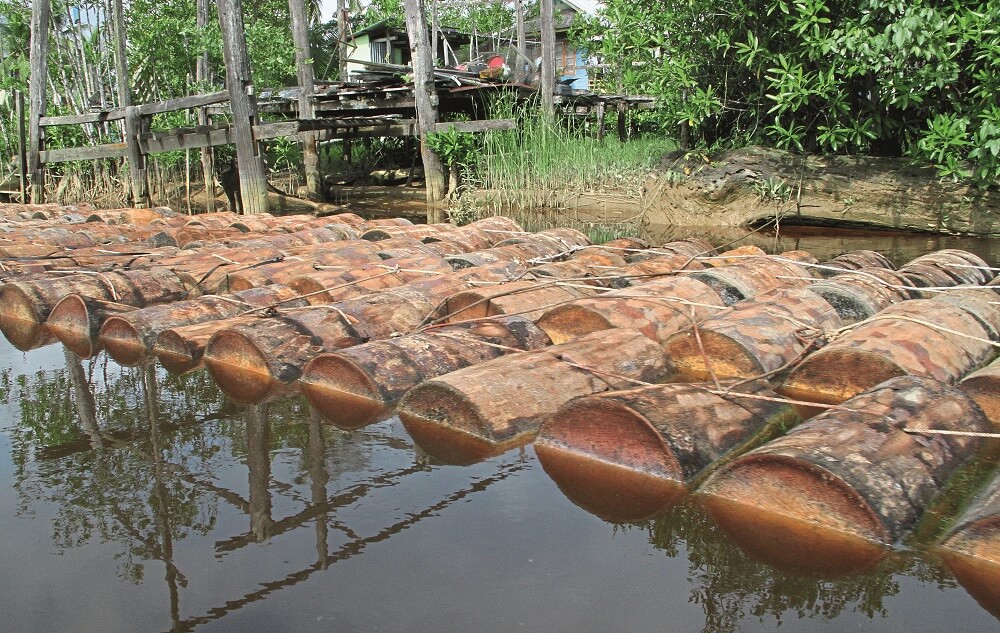
After exploring the few but interesting sights in Sibu, it was time to depart from the docks near Tua Pek Kong Temple at the rear of the market and head downstream to our accommodations in a village on the outskirts of Mukah on the coast. Long, narrow ferries travel up and down the river at breakneck speed, but our journey was more leisurely with a stop at Sungai Kut Muara Dalat. In this backwater of the Rajang River, you start to appreciate the importance of the river to the communities here, and just how seemingly far away this uncomplicated village life is from the hectic pace of urban Malaysia.
We continued by road to Kampung Tellian near Mukah for a restful night at Lamin Dana, a boutique property overlooking a small stream. At dusk the stream was almost completely still, providing a mirror-like reflection of the palms along the streets lining the riverbank. Roosters crowed in the distance and there was just a gentle hum of traffic along the main road. Apart from that it, it was a very tranquil scene made even more relaxing by indulging in a soothing traditional massage administered by a local tribal elder.
This Melanau longhouse guesthouse has an expansive wooden verandah where we rested in the cool of the evening and chatted and star-gazed. Lamin Dana can accommodate up to 24 people as each room, has two beds, a fan, lights and a very comfortable bed. It spans over two storeys with downstairs showers and upstairs toilets. Much of the downstairs area is a museum on the lifestyle and history of the local Melanau people.
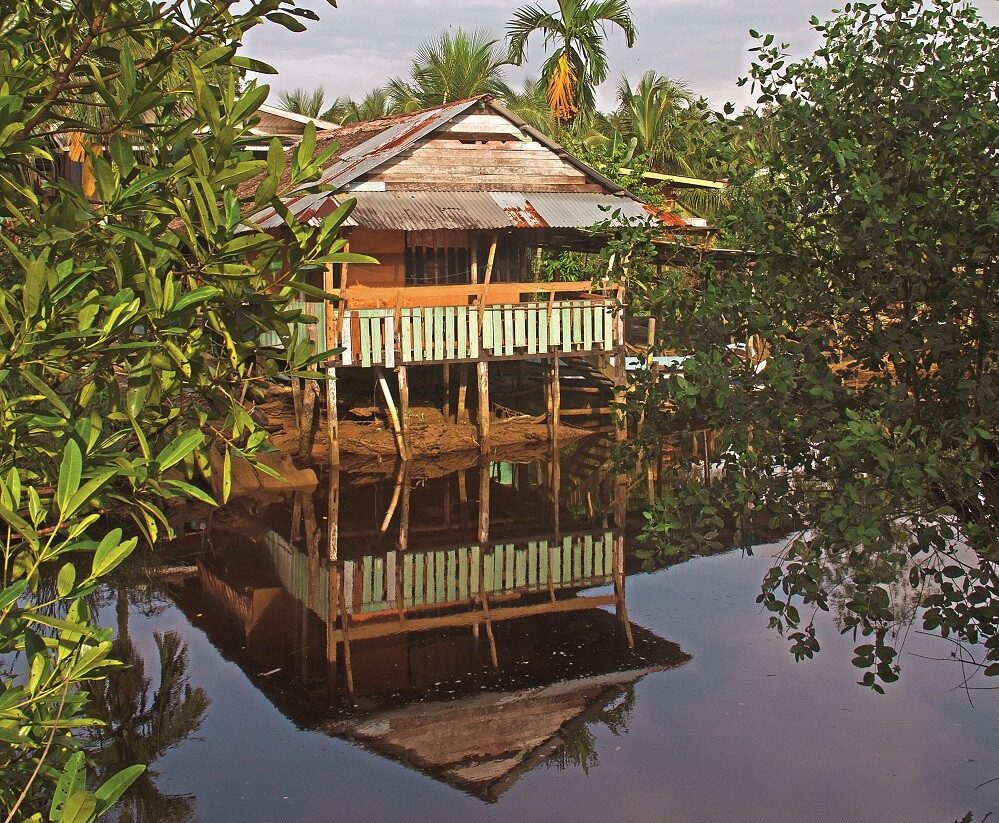
Unsurprisingly, there’s little to do in the evening and after a filling meal of chicken, fish, and vegetables and a few quiet beers, it was time to turn in early. As I prepared for bed, I sensed that both the sun and the village would arise early and, as predicted, there was plenty of life stirring by 6.30am.
Peering through the fly screen window I saw a man in a boat fishing in front of the verandah. By the time I arose and seized my camera, he had moved to more productive waters, but the scene was still as quiet as the previous evening’s.
After breakfast, we investigated the production of sago which is extracted from the sago palm, and explored a lovely stream that passed through tropical forests. Continuing downstream, we visited Mukah, which is a thriving town with a colourful and lively fish market.
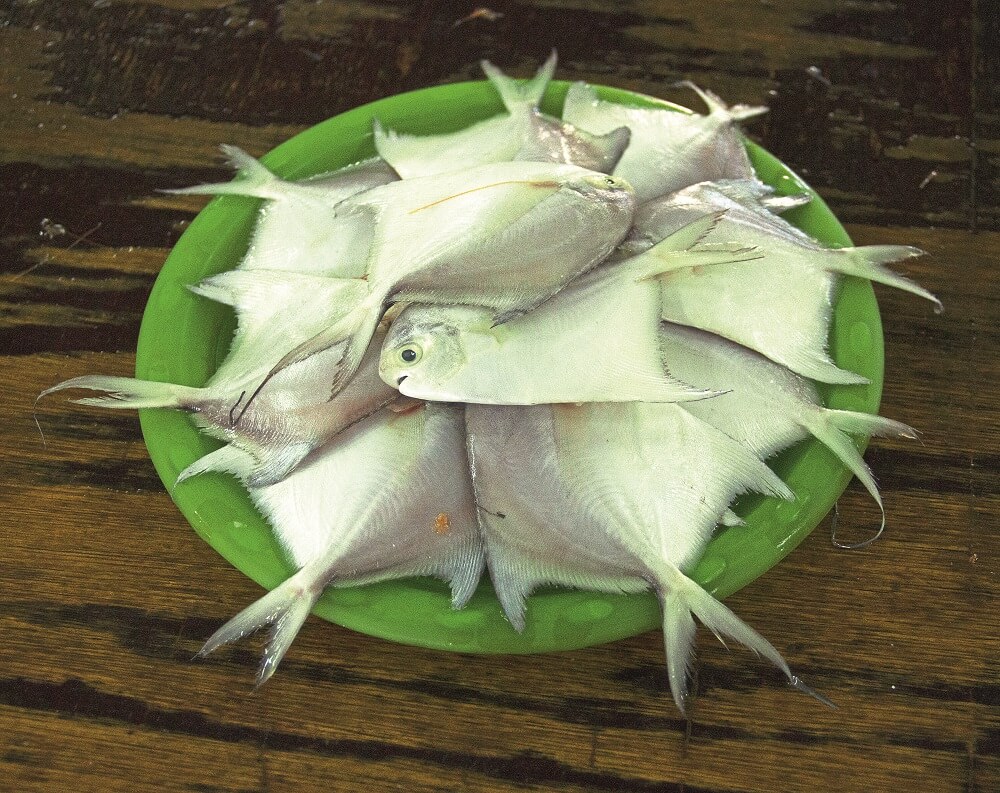
All in all, it was an enjoyable experience, and a welcome getaway from the big city. Easily accessible from KL, Sibu and Mukah are highly recommended for those who want to get off the beaten track and to get close to village life in Sarawak.
Getting there
There are direct flights from Kuala Lumpur to Sibu on Malaysia Airlines, as well as to several other destinations in Sarawak such as Miri and Kuching on either Malaysia Airlines or its subsidiary MASwings.
Where to stay
Sibu – Tanahmas Hotel and Mukah Lamin Dana Resort (Tel: +60 82 241-735). Contact: Greatown Travel.
This article was originally published in Senses of Malaysia (July/August 2016) which is available in print here.
"ExpatGo welcomes and encourages comments, input, and divergent opinions. However, we kindly request that you use suitable language in your comments, and refrain from any sort of personal attack, hate speech, or disparaging rhetoric. Comments not in line with this are subject to removal from the site. "


